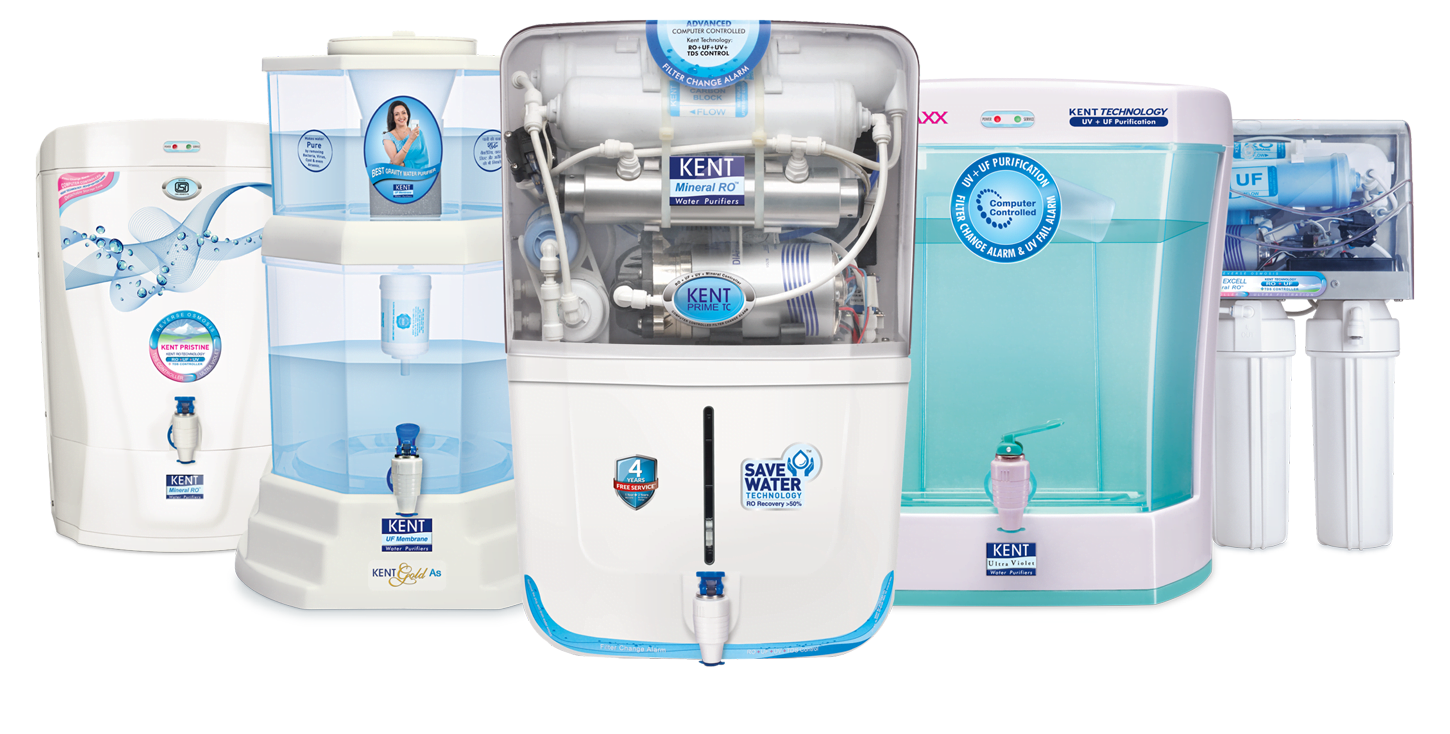RO vs UV vs UF: Which Water Purifier Do You Actually Need?

Shopping for a new water purifier can be incredibly confusing. The market is flooded with technical terms: RO, UV, UF, TDS Adjuster, Mineralizer… Do you really need the most expensive model with all the features? Or is a simple purifier enough?
Choosing the wrong one is a big problem. You could either waste money on a high-end RO system you don’t need, or worse—buy a simple UV filter that fails to remove dangerous contaminants like heavy metals from your water.
The truth is, the “best” purifier depends on one single thing: the quality of your input water.
Let’s break down the RO vs UV vs UF debate in simple terms so you can confidently choose the right technology for your home.
What is UV (Ultraviolet) Purification?
The Simple Analogy: A UV filter is like a bodyguard for your water. It doesn’t remove any contaminants; it just kills the dangerous germs.
- How it Works: The purifier passes water through a chamber with a high-intensity Ultraviolet (UV) lamp. This UV light scrambles the DNA of 99.9% of all microorganisms (like bacteria, viruses, and cysts), killing them and making the water safe to drink.
- Pros: Very effective at killing germs, works instantly, no water wastage, and doesn’t remove essential minerals from the water.
- Cons: It does NOT remove any dissolved solids (TDS), chemicals (like chlorine, pesticides, arsenic), heavy metals, or mud. If the water is cloudy, the UV light can’t penetrate properly and becomes ineffective.
Who is it for? A UV purifier is only suitable for water that is already clear and has a low TDS level (below 200 PPM), like municipal tap water. It’s for water that is “safe” but just needs to be disinfected.
What is UF (Ultrafiltration) Purification?
The Simple Analogy: A UF filter is like a microscopic channi (strainer). It physically blocks larger particles.
- How it Works: It uses a hollow-fiber membrane with tiny pores (about 0.01 microns). Water passes through, but larger particles like mud, dust, rust, and even germs like bacteria and cysts get blocked.
- Pros: Works without electricity, no water wastage, and effectively removes cloudiness and most germs.
- Cons: It does NOT remove dissolved solids (TDS) or chemicals. The pores are not small enough to block pesticides, heavy metals, or viruses effectively.
Who is it for? A UF purifier is good for low-TDS water where the main problem is cloudiness or bacteria. It’s often used in gravity-based purifiers for places with no electricity.
What is RO (Reverse Osmosis) Purification?
The Simple Analogy: This is the true “purifier” of the group. It’s an extremely fine, high-pressure filter that removes almost everything from the water.
- How it Works: An RO unit uses a high-pressure pump to force water through a semi-permeable membrane with microscopic pores (about 0.0001 microns). This is the only technology fine enough to block and remove 90-95% of all contaminants.
- Pros: This is the ONLY technology that removes high TDS, heavy metals (like arsenic, lead, mercury), chemicals (pesticides, fluoride), and all microorganisms.
- Cons: It requires electricity for the pump, it has “reject water” (wastage), and it removes all minerals (both bad and good), which is why modern ROs have a TDS Adjuster or Mineralizer to add back essential minerals.
Who is it for? You MUST use an RO purifier if your water has a high TDS level (above 200-250 PPM). This includes most borewell water, tanker water, and hard water.
The Simple Answer: Which One Do You Actually Need?
Forget the marketing. The answer depends entirely on your water’s TDS level. If you haven’t yet, you must read our guide on how to check your RO water TDS at home. Knowing that number is the critical first step.

Rule 1: If your TDS is LOW (below 200 PPM)
Your water is already quite pure. You just need to disinfect it and remove any cloudiness. Your Best Choice: A UV + UF purifier. The UV will kill all the germs, and the UF will make it crystal clear. An RO system would be overkill and a waste of money and water.
Rule 2: If your TDS is HIGH (above 200 PPM)
Your water contains dissolved solids and potentially harmful heavy metals. A UV or UF filter will not remove these. Your Best Choice: You MUST use an RO purifier. It is the only technology that can make high-TDS water safe to drink.
The Best of All Worlds: RO + UV + UF
You’ll notice most modern systems from our shop combine all three. This is the ultimate “peace of mind” solution:
- RO does the heavy lifting, removing 95% of all contaminants (TDS, metals, chemicals).
- UV acts as a secondary defense, killing any germs that might have slipped past or grown in the tank.
- UF polishes the water one last time, making it perfectly clear.
This all-in-one system ensures that no matter what your water source is, the water in your glass is perfectly pure and safe.
Still Confused? We Can Help.
The most important takeaway is this: don’t guess with your family’s health. Using a UV filter on high-TDS water is dangerous. Our experts at RO Sale & Services can help you make the right choice. If you’ve just moved or bought a new unit, book our expert Water Purifier Installation. And if your current machine isn’t working right, it’s time to book a Water Purifier Repair. For more on water safety, you can always check the guidelines from the Bureau of Indian Standards (BIS). Stay safe and drink pure!
